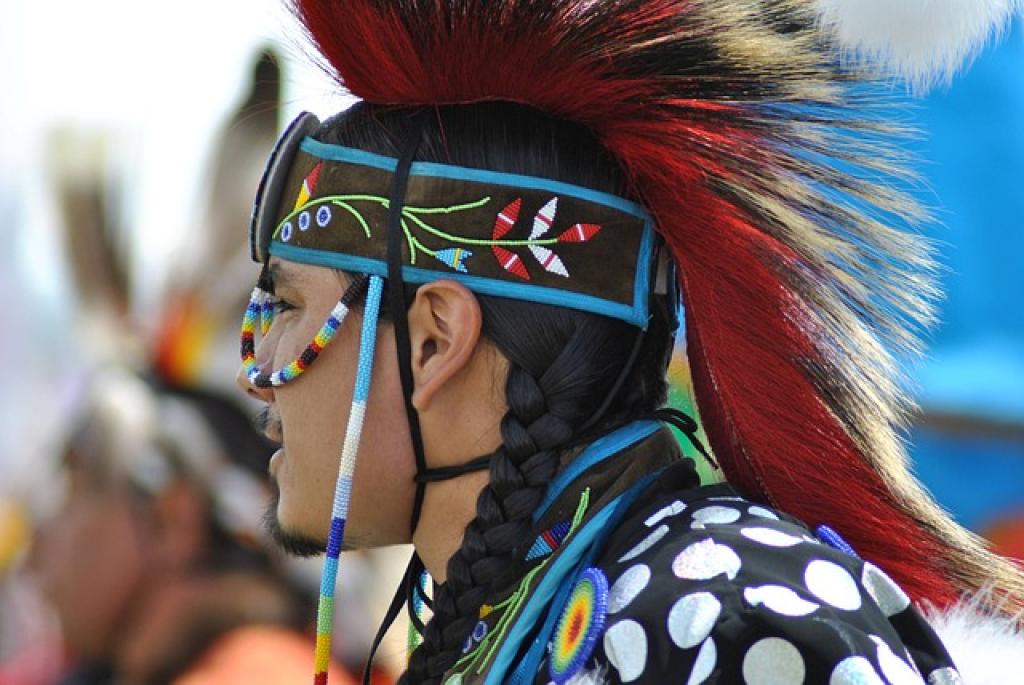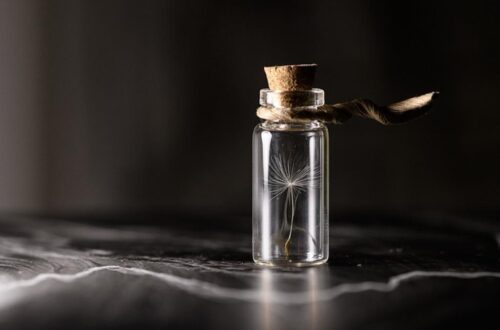Hemp has woven itself into the fabric of human history, especially within Native American cultures. Unlike today, where hemp is often seen through a lens of modern use, for Native Americans, it was a vital component of daily life.
Imagine a plant that’s incredibly versatile, providing not just one but multiple utilities. Native tribes knew this well. They transformed hemp into ropes, clothing, and tools, maximizing its strengths. Its fibers, strong and durable, were indispensable.
Beyond the practical uses, hemp held ceremonial significance. Elders and spiritual leaders often used hemp in rituals, believing it connected them with the Earth and the divine.
In essence, hemp was a bridge between the land and the people. Its legacy, though ancient, still whispers of a time when harmony with nature was paramount. Let’s delve deeper into this rich history and discover the profound impact of hemp on Native American societies.
Exploring the Historical Significance of Hemp in Native American Communities
Hemp has roots that stretch deep into Native American history. This plant wasn’t just a resource; it was a cornerstone of their societies.
Different tribes had distinct ways of cultivating and utilizing hemp. For example, the Cherokee expertly wove hemp fibers into sturdy baskets. Meanwhile, the Pawnee relied on hemp for making fishing nets and ropes, showcasing the plant’s incredible versatility.
But it wasn’t just about practicality. Hemp played a role in expressing cultural identity and artistry. Intricate patterns and designs were often woven into textiles, turning everyday items into pieces of cultural storytelling.
Trade was another important aspect. Tribes exchanged hemp goods, fostering connections and alliances. Hemp became a symbol of cooperation and mutual benefit, knitting together a broader community.
In essence, hemp was a vital thread in the tapestry of Native American life. Understanding its historical significance offers us a deeper appreciation of a culture that revered nature’s gifts and thrived by harnessing them wisely.
The Traditional Uses of Hemp in Native American Rituals and Ceremonies
Hemp wasn’t merely a practical plant in Native American communities; it held a sacred place in their spiritual lives. Rituals and ceremonies often featured hemp in meaningful ways, emphasizing its importance beyond day-to-day use.
Sacred Smudging
Some tribes incorporated hemp into their smudging rituals. Smudging, the practice of burning herbs to purify and bless spaces, sometimes included hemp alongside other sacred plants like sage and sweetgrass. The aromatic smoke was believed to carry prayers to the heavens and cleanse negative energies.
Ceremonial Attire
Hemp fibers were also integral to ceremonial attire. Clothing and adornments crafted from hemp were not only practical but deeply symbolic. Wearing hemp could signify a connection to the earth and a reminder of the sacredness of nature.
In some rituals, hemp was woven into special blankets or bands used to honor guests, healers, or leaders. These items often carried intricate designs, each a symbol of the tribe’s heritage and spiritual beliefs.
By weaving hemp into their spiritual practices, Native American communities ensured the plant’s place in their cultural and spiritual heritage. Hemp was more than just a material; it was a link to the sacred, woven into the fabric of their spiritual lives.

How Hemp Sustained Native American Communities for Generations
Hemp was a cornerstone of sustenance for Native American communities, playing a pivotal role in their daily lives. Its versatility meant that every part of the plant could be used, leaving nothing to waste.
Firstly, hemp seeds were a nutritious food source, rich in essential fatty acids and protein. Ground into flour or eaten whole, they were a staple in many diets, ensuring that these communities remained healthy and well-nourished.
Beyond food, hemp was crucial for creating durable clothing. Its fibers were spun into threads and woven into sturdy fabrics, providing clothing that could withstand the elements and last for years. This durability was essential for resisting the harsh weather conditions many tribes faced.
Hemp’s role extended to shelter as well. It was often used to create ropes and cordage, essential for building structures and securing tools. The resilience of hemp ropes made them ideal for constructing homes, canoes, and other crucial implements.
Additionally, hemp was valued for its medicinal properties. Used in poultices and teas, it was a remedy for various ailments, demonstrating its importance in traditional healing practices.
In essence, hemp was a lifeline. Its multifaceted uses ensured that Native American communities could thrive and remain resilient through generations. The plant’s adaptability made it indispensable, securing its place as a foundational resource in their culture and daily life.
The Environmental and Cultural Impact of Hemp Cultivation Among Native American Tribes
Hemp cultivation left a profound impact on the environment and culture of Native American tribes. Environmentally, hemp was cherished for its sustainability. The plant grows quickly and requires minimal water, which helped conserve precious resources.
Hemp also enriched the soil where it was planted, promoting biodiversity and improving the quality of the land. This made it an excellent crop for rotating with others, maintaining the land’s fertility and preventing soil erosion.
Culturally, hemp held a special place in rituals and daily traditions. Harvesting and processing the plant often involved community effort, fostering a sense of unity and collective responsibility. This communal aspect was vital in strengthening bonds between tribe members.
Hemp was also woven into art and spiritual practices. Many tribes used it to create intricate textiles, baskets, and ceremonial objects. The craftsmanship involved in these creations was often passed down through generations as a cherished tradition.
In ceremonies, hemp played symbolic roles. It was sometimes used as offerings or incorporated into spiritual rituals, signifying its sacred status within the community.
Uncovering the Symbolism of Hemp in Native American Art and Stories
Hemp’s influence extended beyond practical uses; it was deeply woven into Native American art and storytelling. From ancient carvings to vibrant textiles, hemp fibers often told stories of the natural world, human relationships, and spiritual beliefs.
In art, the durability and versatility of hemp allowed for detailed craftsmanship. Many tribes used it to create strong and flexible fibers ideal for weaving intricate patterns. These patterns weren’t just decorative; they embodied symbols and stories passed down through generations.
Each design held meaning, often inspired by nature — the sun, the moon, stars, and animals frequently appeared in these artistic expressions. For example, a woven basket might tell the tale of a sacred animal or the changing seasons. Through these artworks, hemp became a canvas for preserving history and culture.
In Native American stories and legends, hemp often represented resilience and growth. Many tales celebrated the plant’s ability to thrive in varied climates, symbolizing its adaptability and strength. These stories were not just for entertainment; they were vital teaching tools, imparting values such as respect for the earth and interconnectedness.
Coupled with this, hemp sometimes featured in creation myths, highlighting its integral role in life and sustenance. These narratives would be shared around community gatherings and campfires, passing down crucial cultural knowledge and wisdom.
Conclusion: Hemp As a Quintessential Element of Native American Cultural Heritage
In conclusion, hemp is undeniably interwoven into the fabric of Native American cultural heritage. From its essential role in daily survival to its rich presence in art and storytelling, hemp stood as a multifaceted symbol of resilience, resourcefulness, and spiritual connection.
Its practical utility was unmatched, as evident in the creation of durable clothing, strong ropes, and versatile baskets. These everyday items were crafted with care and expertise, ensuring they could withstand the test of time and nature.
Transitioning from practical use to artistic expression, hemp found its way into intricate textiles and symbolic art pieces that preserved the essence of Native American life. The patterns and stories crafted from hemp fibers were not only visually stunning but deeply meaningful, encapsulating the harmony between people and nature.
Spiritual and ceremonial usage of hemp further underscores its significance. Through rituals and sacred tales, hemp maintained a vital role in connecting Native Americans to their spiritual roots and the earth. It was a bridge between the physical and the spiritual, symbolizing growth, strength, and the cycle of life.
Throughout the centuries, hemp’s presence in Native American culture has been a testament to the community’s deep respect for the environment and their ingenious use of natural resources. This humble plant provided sustenance, inspired creativity, and reinforced community bonds, illustrating its quintessential role in their heritage.
As we reflect on the profound impact of hemp on Native American communities, it becomes clear that this plant is much more than a resource. It is a symbol of a rich cultural legacy that has persevered through challenges and continues to inspire reverence and admiration today. Understanding hemp’s integral place in Native American culture helps us appreciate the depth and diversity of their enduring traditions.






